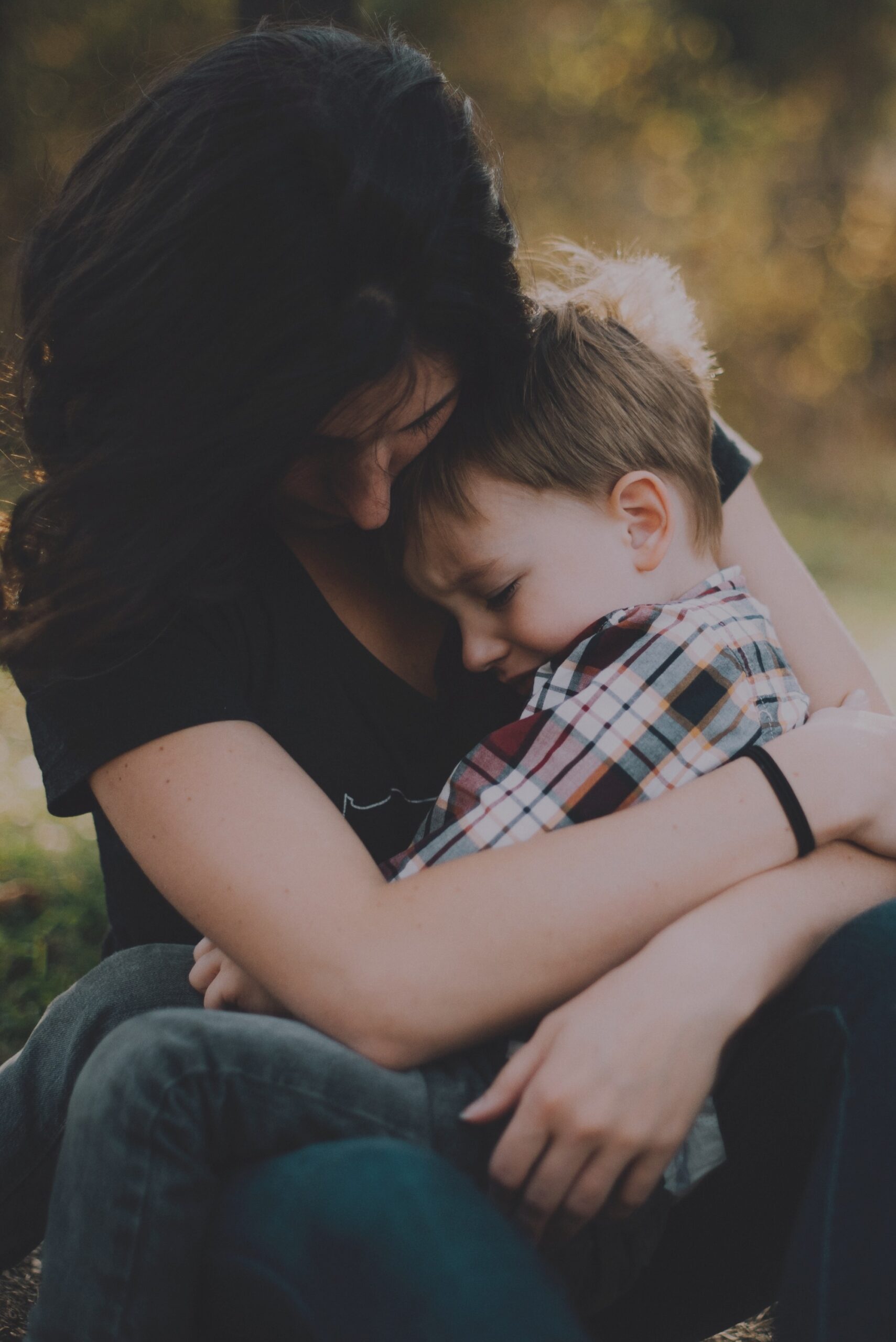Change. Do you resist it, embrace it, or feel a little bit of both?
As we navigate September, a month filled with transitions, it seems fitting to dedicate this blog to the topic of change. Whether it’s returning to school after a long, relaxed summer or helping our children through other significant shifts, understanding change can help us navigate it more smoothly. This is especially important for families navigating neurodivergent challenges such as ADHD, ASD, Anxiety & Dyslexia.
So..Why Is Change SO Challenging?
After a summer of relaxed schedules and fewer routines, transitioning back into structured days can be difficult. This can be particularly true for more sensitive and apprehensive children who may be struggling with anxiety. Maybe your child had later bedtimes, slept in, or spent more time on screens. Perhaps family rules were a little looser over the summer. Whatever the case, adjusting back to school routines can feel overwhelming.
But what exactly makes change and transitions so challenging?
The answer lies in the brain.
The Science Behind Change
Change often triggers resistance in the brain. It can heighten the activity of the amygdala, the brain’s emotional centre responsible for the fight, flight and freeze response. Our brains, naturally favour familiarity because it reduces uncertainty and conserves mental energy. The more we repeat certain behaviours, then more ingrained these patterns become. When we introduce something new – whether it’s a different routine, new family dynamic, new school, or an unfamiliar activity – it disrupts those established patterns. The brain interprets this as a potential threat, which activates the amygdala and can lead to feelings of anxiety, nervousness and worry.
So, What’s the Solution?
To help the brain accept and embrace upcoming changes, we need to create positive experiences around these transitions. Whether it’s starting a new school, transitioning into a new grade, or returning to a school routine, making these changes feel less intimidating is key.
Practical Tips for Helping Your Child Transition
Understanding how the brain responds to change is the first step.
Here are some practical strategies to help your child adjust to new routines:
Establish Micro-Connections: When your child shares something with you—a
drawing, a painting, or a LEGO creation—take the time to ask open-ended questions
and engage in their learning process. Praise their efforts, which boosts oxytocin (the happy hormone” ) in their brain. This helps them feel safe, seen and understood, building positive feelings as they approach upcoming changes.
Discuss Change in a Positive Light: Talk with your child about natural changes
that happen around us, such as the changing seasons, how animals adapt, or even
how food ripens. Framing change as a normal and beneficial part of life can help your
child view it more positively.
Highlight Excitement About the New School Year: In the days leading up to
school, encourage your child to think about one thing they’re excited for each day.
Whether it’s seeing friends, starting a new subject, or joining an extracurricular
activity, associating these positive experiences with change can help shift their
perspective.
Encourage New Experiences: Build confidence by helping your child try new tasks
or hobbies. Whether it’s learning a new sport, trying an instrument, or experimenting
with a creative activity, embracing small changes can make larger transitions feel
less daunting.
Prepare, Prepare, Prepare: Use the week before school starts to gradually ease
back into routines. Organise school supplies, adjust bedtimes, and include a fun
activity related to change, like creating a vision board for the upcoming year. The
more prepared your child feels, the more confident they will be about the transition.
By helping your child view change as a natural and positive part of life, you can empower them to face new experiences with confidence and newfound resilience. With these strategies, transitions can become opportunities for growth rather than sources of stress.
Author: Chloe Kock, Founder of Mind Station Coaching
Website: mindstationcoaching.com
Looking for further support?
If you are a parent whose child is experiencing challenges surrounding confidence, low self esteem & emotional dysregulation , we recommend filling in the application form below and booking in a call here with Chloe, the founder who will advise and guide you to the best solution moving forwards.
